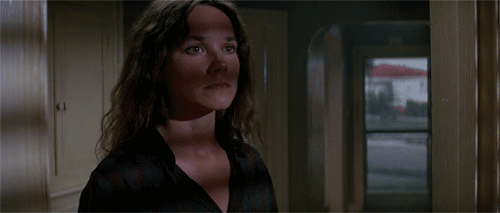Rapping

Rapping is one of the earliest discovered means of alleged spirit communication. Rapping includes any knocking, thumping, bumping or tapping associated with discarnate messages.
The 9th-century chronicle Rudolf of Fulda refers to communications from a rapping intelligence. Paracelsus, a 16th-century Swiss physician and alchemist, called raps pulsatio mortuorum, or a Death Omen. Rapping spirits, or spiritus percutiens, were conjured away at the benediction of medieval Catholic churches. In 1520, Melanchthon reported rapping at Oppenheim, Germany. Rappers appeared in 1521 in Lyons, France and in 1610 at Ayr, Scotland. In 1661, Rev. Joseph Glanvil wrote extensively of the rapping at Tedworth, England in Saducismus Triumphatus (see Drummer of Tedworth). Rev. Samuel Wesley, father of John Wesley, the founder of Methodism, and his family heard rapping at Epworth Vicarage in 1716 (see Epworth Rectory).
But not until Maggie and Kate Fox asked “Mr. Splitfoot” to answer questions via rapping at Hydesville, New York in 1848 did so many people begin to believe in the phenomenon of spirit communication (see Fox Sisters). At first the spirit only rapped twice for yes and not at all for no, but eventually elder brother David Fox worked out an alphabet code, in which the spirit tediously communicated his message.
A short time later, the girls’ older sister, Leah Fish, took Kate and their mother to Rochester, but the rappings followed the young girls. By this time, the sensation was spreading, and various people in and around Rochester discovered their Mediumship. Rappings were heard everywhere, giving the “Rochester knockings” terrific press coverage. From there, budding Spiritualists all over America were communicating with the discarnate via rapping, and the phenomenon remains a staple of spirit communication.
Much of the rapping apparently was produced fraudulently. Maggie and Kate Fox, both in the beginning and later in Maggie’s famous renunciation of Spiritualism in 1888, ascribed the raps to their talented toes, which they were able to crack against the floorboards with very little discernible movement of leg muscles. Kate also confided that if the questioner called out the alphabet code, the Medium could easily read changes in facial muscles and reveal the correct answer. The effect of raps coming from all parts of the room was easily suggested to a willing listener.
Famous magicians such as Harry Houdini and J. N. Maskelyne, intent on debunking spiritualism, offered many explanations and techniques for rapping. With the medium’s hands outstretched on the table during the Séance, rapping could be produced by tightly pressing the thumbnails together and then allowing one nail to slip against the other. A better method was slipping one’s knee or shoe against the table leg. Other mediums slightly moistened their fingers and slid them gently along the tabletop.
Still others employed mechanical devices hidden in their clothes or shoes to create the raps. One of the most ingenious consisted of a small, hollow metal tube which contained a long burlap needle that moved up and down like a piston. Heavy black thread attached the needle to a tiny hook in an inconspicuous seam, which the medium carefully worked out of the fabric during the dark Séance. Once the needle was exposed, the medium attached a leaded cork to the top of the needle and manoeuvred it so that raps were heard throughout the sitting.
Electrical devices operated by wire produced raps from the heels of the medium’s shoe. By moving the foot under the table, the medium could make the sitters think the raps were coming from beneath their own hands. Surgeon William Faulkner admitted to the London Dialectical Committee in 1869 that he regularly sold trick magnets to produce rapping sounds.
Nevertheless, thousands of sitters heard the din and believed. Anthropologist Andrew Lang asserted that if someone had wanted to create a method of spirit communication, it would not have been cumbersome rapping. Psychical researcher Professor Charles Richet wrote that if these rappings were true (and he believed they were), they proved the actions of human or nonhuman intelligence upon matter.
Finally, medium D.D. Home convinced one of his sitters, Lord Adare’s father, that spirits just had to rap. By remaining in the earth’s atmosphere, the spirits get so charged, so full of electricity, he claimed, that they must release the energy to obtain relief.
Rapping continues to be an unexplained phenomenon of Poltergeist cases, hauntings, mediumship, and Table-Tilting.
FURTHER READING:
- Brandon, Ruth. The Spiritualists. New York: Alfred A. Knopf Inc., 1983.
- Cannell, J. C. The Secrets of Houdini. New York: Bell Publishing Co., 1989.
- Doyle, Sir Arthur Conan. The History of Spiritualism Vol. I & II. New York: Arno Press, 1975.
- Fodor, Nandor. An Encyclopaedia of Psychic Science. Secaucus, N.J.: The Citadel Press, 1966. First published 1933.
- Houdini, Harry. Houdini: A Magician Among the Spirits. New York: Arno Press, 1972.
SEE ALSO:
SOURCE:
The Encyclopedia of Ghosts and Spirits– Written by Rosemary Ellen Guiley – September 1, 2007











Responses